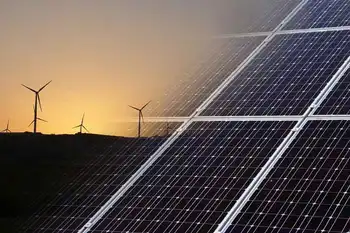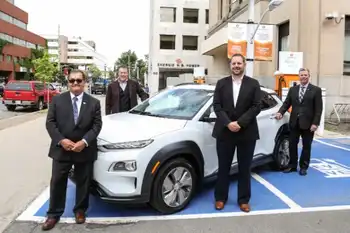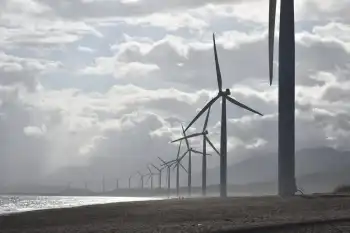New legislation will make it easier for strata owners to install EV charging stations

Arc Flash Training CSA Z462 - Electrical Safety Essentials
Our customized live online or in‑person group training can be delivered to your staff at your location.

- Live Online
- 6 hours Instructor-led
- Group Training Available
BC Strata EV Charging Reforms streamline approvals under the Strata Property Act, lowering the voting threshold and requiring an electrical planning report to expand EV charging stations in multi-unit strata buildings across British Columbia.
Key Points
BC reforms ease EV charger installs in stratas by lowering votes, requiring plans, and fast-tracking compliant requests.
✅ Vote threshold drops to 50% for EV infrastructure
✅ Electrical planning report required for stratas
✅ Stratas must approve compliant owner charging requests
Owning an electric vehicle (EV) will be a little easier for strata property owners, the province says, after announcing changes to legislation to facilitate the installation of charging stations in strata buildings.
On Thursday, the province said it would be making amendments to the Strata Property Act, the legal framework all strata corporations are required to follow, and align with practical steps for retrofitting condos with chargers in older buildings.
Three areas will improve access to EV charging stations in strata complexes, the province says, including lowering the voting threshold from 75 per cent to 50 per cent for approval of the costs, supported by EV charger rebates that can offset expenses, and changes to the property that are needed to install them, as well as requiring strata corporations to have an electrical planning report to make installation of these stations easier.
The amendments would mean stratas would have to approve owners' requests for such charging stations, even amid high-rise EV charging challenges reported across Canada, as long as "reasonable criteria are met."
Minister of Energy, Mines and Low Carbon Innovation Josie Osborne said people are more likely to buy an electric vehicle if they have the ability to charge it — something that's lacking for many British Columbians living in multi-unit residences, where Vancouver's EV-ready policy is setting a local example for multi-family buildings.
"B.C. has one of the largest public electric vehicle charging networks in Canada, and leads the country in going electric, but we need to make it easier for more people to charge their EVs at home," Osborne said in a statement.
Tony Gioventu, the executive director of the Condominium Home Owners Association of B.C., said the new legislation strikes a balance between allowing people access to EV charging stations, as examples from Calgary apartments and condos demonstrate, while also ensuring stratas still have control over their properties.
This is just the latest step in the B.C. government's move to get more EVs on the road: alongside rebates for home and workplace charging, the province passed the Zero-Emission Vehicles Act, which aims for 10 per cent of all new light-duty cars and trucks sold in B.C. to be zero emission by 2025. By 2040, they'll all need to be emission-free.











